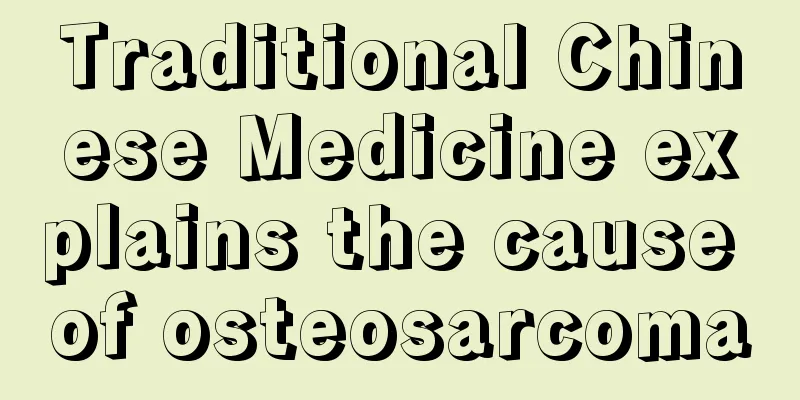The difference between gibberellins and auxins

|
Many people may have the impression that some different medicines we come into contact with in life have great similarities in their efficacy, but the subtle differences in efficacy dictate that they must be used with caution. This is the case with gibberellins and auxins. Both drugs are widely used in agricultural production. The use of plant drugs is the same as the use of human drugs. It is necessary to understand the differences between drugs with similar effects and use them as correctly as possible. So, what are the differences between gibberellins and auxins? Auxin: Auxin is a class of endogenous hormones containing an unsaturated aromatic ring and an acetic acid side chain. It is synthesized in the expanding young leaves and apical meristem, and is accumulated from top to bottom toward the base through long-distance transport through the phloem. Roots can also produce auxins and transport them from bottom to top. Auxin has many physiological effects, which are related to its concentration. Low concentrations can promote growth, while high concentrations can inhibit growth or even kill plants. At the cellular level, auxin can stimulate the division of cambium cells; stimulate the elongation of branch cells and inhibit the growth of root cells; promote the differentiation of xylem and phloem cells, promote the rooting of cuttings, and regulate the morphological construction of callus tissue. Auxin acts from seedling to fruit ripening at both the organ and whole plant levels. Auxin controls the reversible red light inhibition of mesocotyl elongation in seedlings; when indoleacetic acid is transferred to the underside of the branch, it produces geotropism of the branch; when indoleacetic acid is transferred to the backlit side of the branch, it produces phototropism of the branch; indoleacetic acid causes apical dominance; it delays leaf senescence; auxin applied to leaves inhibits abscission, while auxin applied to the adaxial end of the abscission layer promotes abscission; auxin promotes flowering, induces the development of parthenocarpic fruits, and delays fruit ripening. Gibberellic acid: The chemical structure of gibberellins belongs to diterpene acids, which are derived from a four-ring skeleton. The most prominent physiological effect is the promotion of stem elongation and the induction of bolting and flowering in long-day plants under short-day conditions. Different plants have different sensitivities to gibberellins. Genetically dwarf plants such as dwarf corn and peas are most sensitive to gibberellins, and after treatment with gibberellins, the plant shape is similar to that of non-dwarf plants; non-dwarf plants have only a slight reaction. Some plants are genetically dwarfed due to a lack of endogenous gibberellins (others are not). Gibberellic acid plays a regulatory role in seed germination. The starch in the seeds of many cereals, such as barley, hydrolyzes rapidly during germination; if the embryo is removed, the starch does not hydrolyze. When embryoless seeds are treated with gibberellins, starch can be hydrolyzed again, proving that gibberellins can replace the embryo to cause starch hydrolysis. Gibberellic acid can replace red light to promote the germination of lettuce seeds, a light-sensitive plant, and replace the vernalization required for carrot flowering. Gibberellic acid can also cause the formation of parthenocarpic fruits in some plants. For some plants, especially seedless grape varieties, treatment with gibberellins during flowering can promote the development of seedless fruits. But it sometimes has an inhibitory effect on certain physiological phenomena. Gibberellic acid is used in agricultural production and has good effects in some aspects. For example, it can increase the yield of seedless grapes and break the dormancy of potatoes; when brewing beer, GA3 is used to promote the germination of barley seeds used to prepare maltose; when late rice encounters rainy and low temperatures and heading is slow, gibberellin treatment can promote heading; or in hybrid rice seed production, the flowering period can be adjusted so that the flowering periods of the parents coincide. |
<<: Can the black heart of wild rice be eaten
>>: Hepatocyte growth hormone injection
Recommend
What is the normal value of alt
The alt value represents the function of the huma...
Why do pimples appear more the more you squeeze them
Many people know that pimples will get bigger the...
What causes a rapid heart beat
The heart beats at a frequency. The normal freque...
Which physical problems indicate symptoms of lung cancer? To prevent lung cancer, you should pay attention to these three signs
There are many causes of lung cancer, including h...
Symptoms of pneumoconiosis, standard medical treatment
The standard name of pneumoconiosis is pneumoconi...
Do I need to take calcium tablets after taking cod liver oil?
Cod liver oil is a fat-free tonic extracted from ...
Does liver cancer run in the family?
Does liver cancer run in the family? The most com...
What will happen if you stay in a formaldehyde room for a long time
We all know that formaldehyde is very harmful. Ge...
Clinical manifestations and dietary health care of mesenchymal retinopathy
Many children have many congenital injuries durin...
There are horizontal lines on the nails, it may be these problems
It is very common to see horizontal lines on the ...
Difficulty in defecation is like squeezing toothpaste
Both bowel movements and urine are related to hum...
What are the dangers of having a lipoma on the abdomen?
Lipoma is common among middle-aged people and can...
My temple hurts
Sometimes we find that the changes in our bodies ...
How to preserve crab meat
The bigger the crab, the more meat it contains. T...
What is the reason for long terminal teeth
If you do not pay attention to oral hygiene, it i...









